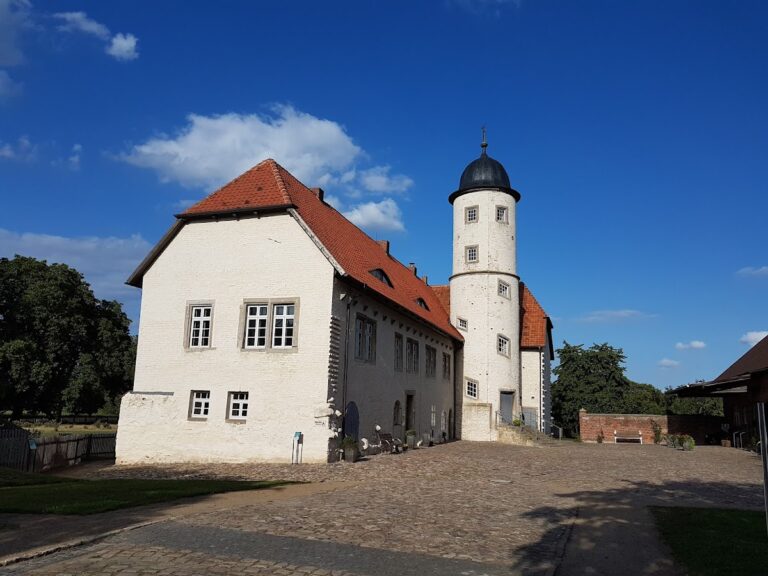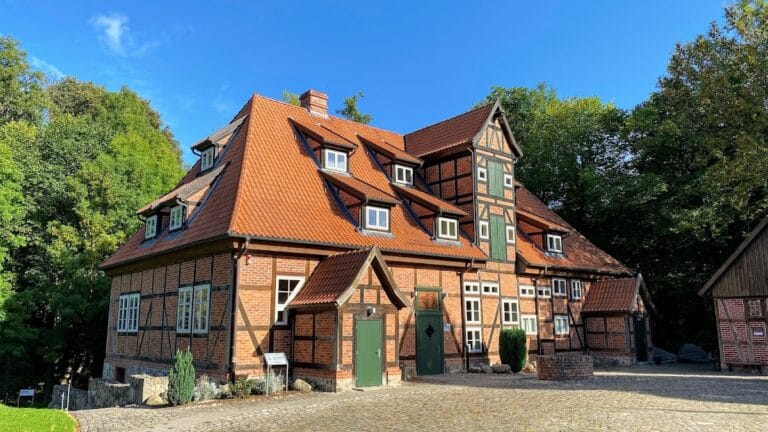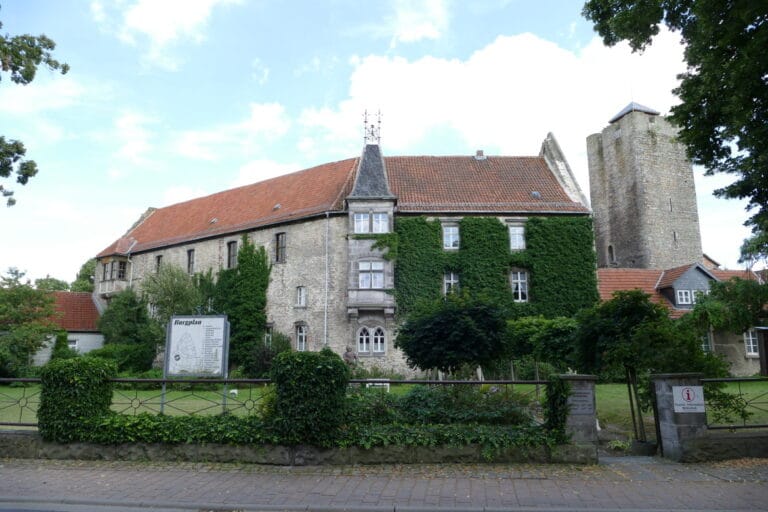Burg Salzwedel: A Medieval Castle in Germany
Visitor Information
Google Rating: 4.1
Popularity: Low
Google Maps: View on Google Maps
Official Website: erlebnisland.de
Country: Germany
Civilization: Medieval European
Remains: Military
History
Burg Salzwedel is located at the northern edge of the old town of Salzwedel in what is now Germany. It was built by early medieval settlers, likely in the 9th century, as a defensive stronghold protecting an important trade route that connected Magdeburg and the salt-producing town of Lüneburg. The castle’s strategic position near a ford on the Jeetze River made it a key point of control.
The settlement around the castle, originally known as Saltwidele, was first recorded in 1112 during a siege led by Emperor Henry V. This event marks the earliest documented mention of the place, which later came under the influence of the Ascanian dynasty in 1134 when Albert the Bear assumed control. The castle itself appeared in records for the first time in 1196, referred to jointly with the settlement, indicating its emerging importance as both a fortification and administrative center.
Throughout the 12th and early 13th centuries, the castle served as the seat of the vogts, or bailiffs, who administered the area on behalf of the margraves. The keep, or bergfried, that still partially stands today was likely constructed near the end of the 12th century. By the 14th century, families such as the von Wallstawe and later the von Böddenstedt took charge as castellani, the officials responsible for the castle’s management and defense.
In the 18th century, a three-story residential building was added to the site in 1746, which incorporated fragments of older structures, suggesting a continuity of use or reuse of materials. This building remained until 1899 when it was demolished by an explosion. Archaeological activity in the early 20th century, especially during construction in 1923, uncovered pottery shards from the 12th and 13th centuries, underlining the site’s medieval origins and its long-standing habitation. A memorial hall built at the same time honored local soldiers who had died in World War I.
Remains
Burg Salzwedel was originally designed as a circular castle complex with an estimated diameter of about 220 meters. Its position within the town granted additional layers of protection through surrounding moats and defensive walls, reflecting a well-planned fortification typical of its period.
Today, some sections of the former defensive wall still stand, providing insight into the castle’s original perimeter defenses. The castle moat remains visible as a water-filled ditch that once enclosed the site, offering a barrier against attackers.
One of the castle’s most significant surviving elements is the round bergfried, a tall tower built as a stronghold. Rising approximately 24 meters, this tower featured a high entrance located 12 meters above the ground level, which would have been accessed via removable ladders for security. The bergfried’s walls measure about 3.6 meters thick at the base, illustrating its role as a last line of defense. Originally, it had a pointed roof, which has not survived.
Another notable portion of the site is St. Anne’s Chapel, a religious building connected to the castle grounds. Although little detail is available about its interior decoration or original function, it represents the spiritual dimension of the complex.
During construction efforts in 1923, archaeological work yielded pottery fragments dating back to the 12th and 13th centuries. These finds confirmed the medieval origins of the site and are now preserved in the nearby Danneil Museum, named after the prehistorian Johann Friedrich Danneil who documented earlier discoveries.
That same year, the castle grounds saw the erection of a memorial hall dedicated to the fallen soldiers of the First World War, blending the site’s historical heritage with modern remembrance.







